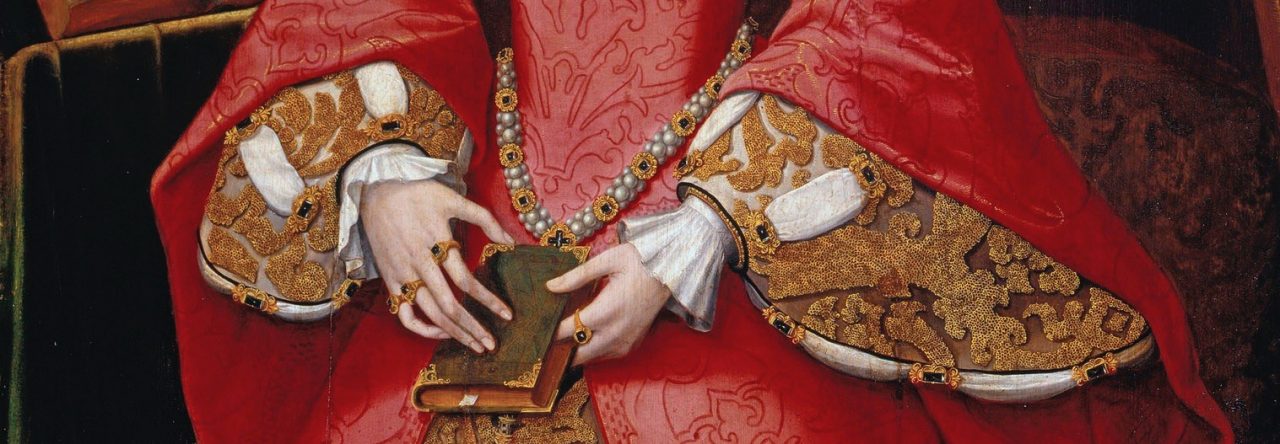Recording early modern female book inscriptions can be as frustrating as it is fascinating. While one of the more satisfying aspects is making seemingly invisible women visible enthusiasm can be curbed by the fact that it is almost impossible to find information about the individual concerned, especially women readers at non elite level. So what is the point of pursuing research with clear limitations? What can we take from female book inscriptions, particularly if there are no additional marks other than a name on the title page?
In truth, not much. But that is not to say the exercise is pointless. At the very least, female book inscriptions raise the profile of the genre and encourages researchers to keep pushing the boundaries in early modern women’s book ownership. Though information about readers at the lower end of the social spectrum might yield little return there are nevertheless opportunities by engaging with the text.
Jane Dobson’s copy of Abel Boyer’s lexicon (now in Armagh Robinson Library) is a case in point. We know nothing about Dobson or her family but her ownership of the ninth edition of Boyer’s highly popular work The Compleat French-Master for Ladies and Gentlemen (1725) is striking for two reasons. First, it clearly shows Dobson was well educated as indicated by her eagerness to develop her linguistic capabilities. Second, it suggests that she not only purchased books for intellectual rather than material purposes, but she also likely had multiple books in her custody. Indeed, Dobson was plainly well acquainted with lexicographical works in circulation.

Boyer was established in the field of compiling dictionaries. He was born in Castres in 1667 but undertook most of his studies in the Netherlands on account of his Protestant convictions. At the age of twenty-two, he moved to England where he struggled to make ends meet. It was not until he became acquainted with Allen Bathurst, later Earl Bathurst, that his fortunes changed when he assumed the role of tutor. It was through the Bathurst family connection that he subsequently found himself working in the English court.
In the early 1690s Boyer was appointed tutor to the young Duke of Gloucester, the only surviving son of Queen Anne and the royal consort, Prince George of Denmark, but the boy tragically died at the age of eleven in 1700. It is interesting that Boyer continued to keep the dedication to the prince on the title page in subsequent editions, perhaps indicating how close the two men had become over the course of the duke’s studies.
When Boyer’s work was first published in 1695 its full title was The compleat French-master for ladies and gentlemen being a new method, to learn with ease and delight the French tongue, as it is now spoken in the court of France. It was sub-divided into three parts: grammar, vocabulary, and “a short and plain French-Grammar, for ladies and young gentlemen that do not yet understand Latin.” By 1725, the book’s appeal extended to a wider readership. The ninth edition expanded to include phrases and dialogues “on all manner of subjects,” dialogues of wit and humour, examples of French poetry, a collection of French songs, choice proverbs in both English and French, and a selection of “the best French books, fit for a Lady’s, or Gentleman’s Library.”
Thus, Dobson’s ownership of The Compleat French-Master highlights a keen interest in languages. She may have been eager to learn (or improve) her linguistic skills whether it be for the purpose of conversing in a second language or expanding her literary interests. Indeed, the latter option is a distinct possibility. Research has shown the growing popularity of French writers in late seventeenth- and eighteenth-century Britain and the Netherlands.[1] In the case of Britain, moreover, French female authors like Madame de Scudéry, Madame de Villedieu, and Madame de la Fayette were notably prominent in English private libraries.[2] (For those interested in the extent to which French female authors circulated in the Anglophone world you can explore the freely accessibly RECIRC database.) This is not to claim that Dobson read or collected works by female authors. Once again, we cannot say with any degree of certainty. However, digital humanities projects led by Prof. Marie-Louise Coolahan (RECIRC) and Prof. Alicia Montoya (Mediate) have given us plenty of scope to explore what people read in the early modern period.
Source: Images reproduced by kind permission of the Governors and Guardians of Armagh Robinson Library.
Further Reading:
[1] Alicia C. Montoya and Rindert Jagersma, “Marketing Maria Sibylla Merian, 1720–1800: Book Auctions, Gender, and Reading Culture in the Dutch Republic,” Book History, Volume 21 (2018), pp 65, 67.
[2] Marie-Louise Coolahan and Mark Empey, “‘There are Numbers of Very Choice Books’: Book Ownership and the Circulation of Women’s Texts, 1680–98,” in Jennie Batchelor and Gillian Dow (eds), Women’s Writing 1660–1830: Feminisms and Futures (London: Palgrave Macmillan, 2016), pp 139–55.
